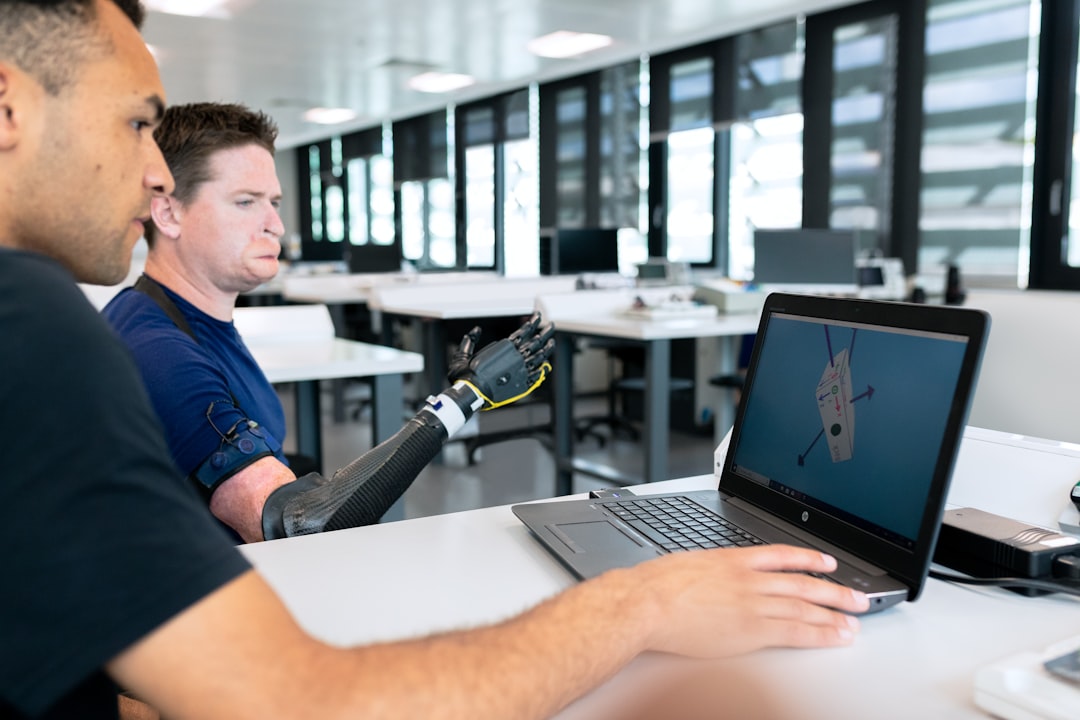What is it about?
The popular classic video game Ms. Pac-Man is used as a test domain to highlight the benefit of evolving artificial brains with multiple modules to learn complex behavior. Specifically, Ms. Pac-Man is a game in which multiple modes of behavior are required (fleeing ghosts, chasing ghosts, eating pills), which is why evolving separate modules is particularly useful. The simulated evolutionary process is able to create modular brains that not only perform well, but do so with a novel, unexpected task division better than the human-specified division provided by the authors.
Featured Image
Why is it important?
Other than being the best learned behavior to have been developed for the game of Ms. Pac-Man, this work also demonstrates the power of neural networks with multiple output modules. The number of modules can be preset or discovered by evolution, as can the usage pattern of each module. This allows evolution to discover task divisions better than what a human designer would expect to work best.
Perspectives
This publication is the culmination of years of dissertation research in Ms. Pac-Man. It ties together results from a GECCO 2014 conference publication and results from my dissertation, and also includes a few new experiments that combine different forms of Module Mutation. My later publications about Ms. Pac-Man mostly deal with breaking down the standard Ms. Pac-Man game into variants with different types of task divisions, but this publication is the best source to refer to regarding the standard Ms. Pac-Man game.
Jacob Schrum
Southwestern University
Read the Original
This page is a summary of: Discovering Multimodal Behavior in Ms. Pac-Man Through Evolution of Modular Neural Networks, IEEE Transactions on Computational Intelligence and AI in Games, March 2016, Institute of Electrical & Electronics Engineers (IEEE),
DOI: 10.1109/tciaig.2015.2390615.
You can read the full text:
Resources
Contributors
The following have contributed to this page










